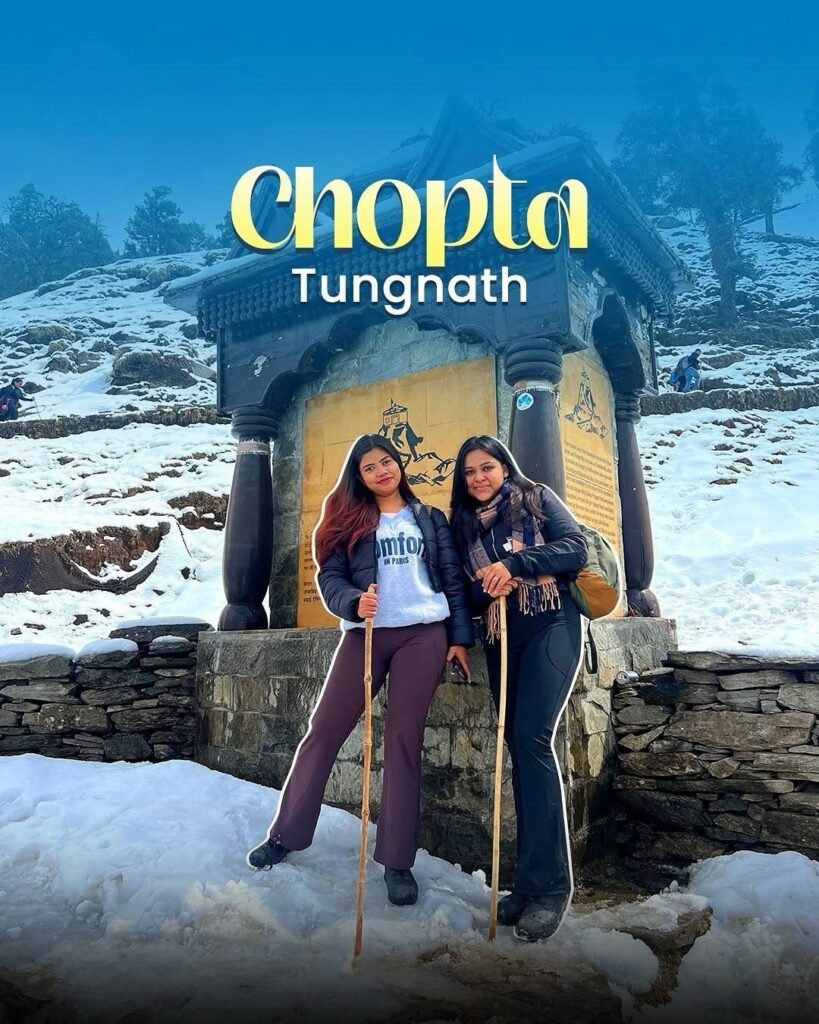The Chopta Tungnath Trek is becoming increasingly popular among female travelers for its stunning natural beauty and moderate trekking difficulty. This trek, part of the larger Chopta Chandrashila Trek, offers an exciting opportunity to explore the Himalayas safely and comfortably. Many women enjoy the peaceful trails through dense forests, alpine meadows, and the chance to visit Tungnath, the highest Shiva temple in the world. The trek is well-structured and supported by local guides and tour companies, which makes it a great option for solo or group female travelers seeking adventure with safety.
Choosing a well-organized Chopta Tour Package ensures that women travelers have access to necessary amenities, secure accommodations, and proper guidance at every step. The trek is not only about the physical challenge but also about experiencing spiritual peace and breathtaking views, making it a fulfilling journey. With safety measures in place and the growing popularity of this trek among women, the Chopta Tungnath Trek is an excellent choice for those looking to combine nature, culture, and adventure in one trip.
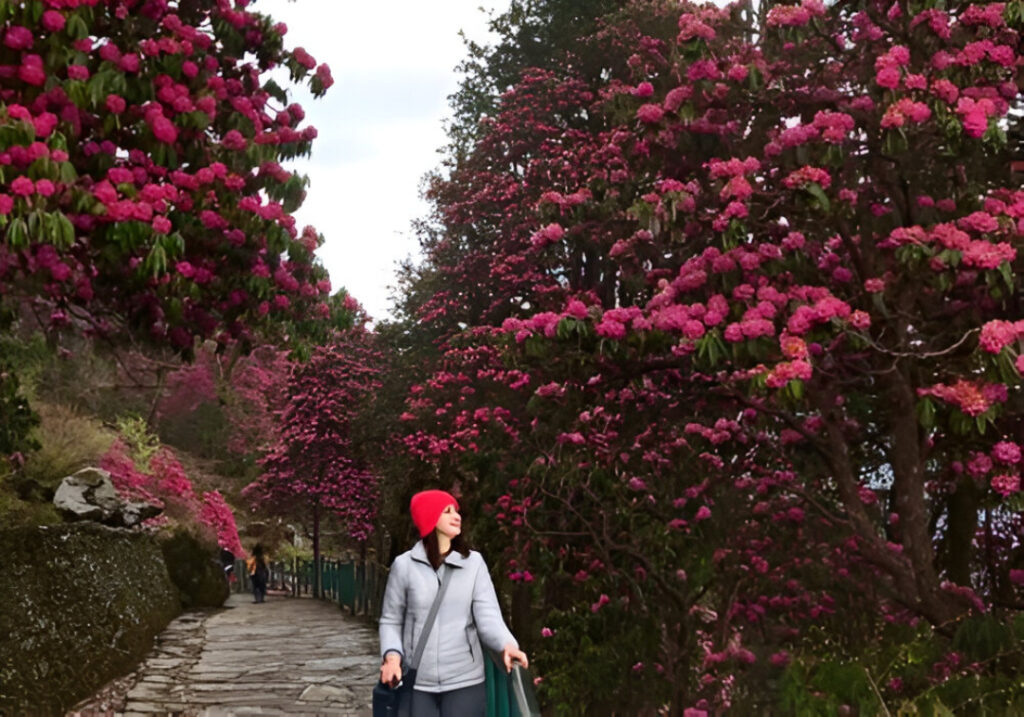
Safety Overview of the Chopta Tungnath Trek
The Tungnath Temple Trek is considered moderately challenging, making it suitable for women who are comfortable with walking on mountain trails and carrying a small backpack. The route is well-marked, but it involves steep climbs and uneven terrain in some sections. Weather in Chopta can change quickly, so preparation and awareness are important for a safe and enjoyable trek. For women planning their trip, understanding the safety aspects beforehand helps reduce risks and ensures a smooth journey.
When traveling from Delhi, a Chopta Tungnath Trek from Delhi package can help ensure safety by including local guides, transportation, and pre-arranged accommodation. This allows female travelers to focus on the trek without worrying about navigation, finding stays, or arranging meals along the way.
Key safety measures for women trekkers include:
- Travel in groups or guided tours: Reduces risks and ensures help is nearby in case of emergencies.
- Carry proper clothing and gear: Waterproof jackets, layered clothing, trekking shoes with good grip, and gloves protect against cold and slippery terrain.
- Stay hydrated and carry snacks: Energy bars and water help maintain stamina and prevent fatigue during steep climbs.
- Check weather conditions: Avoid trekking during heavy rain or snowfall to prevent accidents on slippery paths.
- Follow trail markers and local advice: Stick to the marked paths and listen to guides for safe routes.
- First aid and emergency kit: Include basic medicines, bandages, and altitude sickness remedies.
By following these precautions, women can enjoy the natural beauty of Chopta safely. Proper planning, awareness of terrain difficulty, and using organized packages make the Tungnath Temple Trek a secure and memorable adventure for female travelers seeking both excitement and peace in the Himalayas.
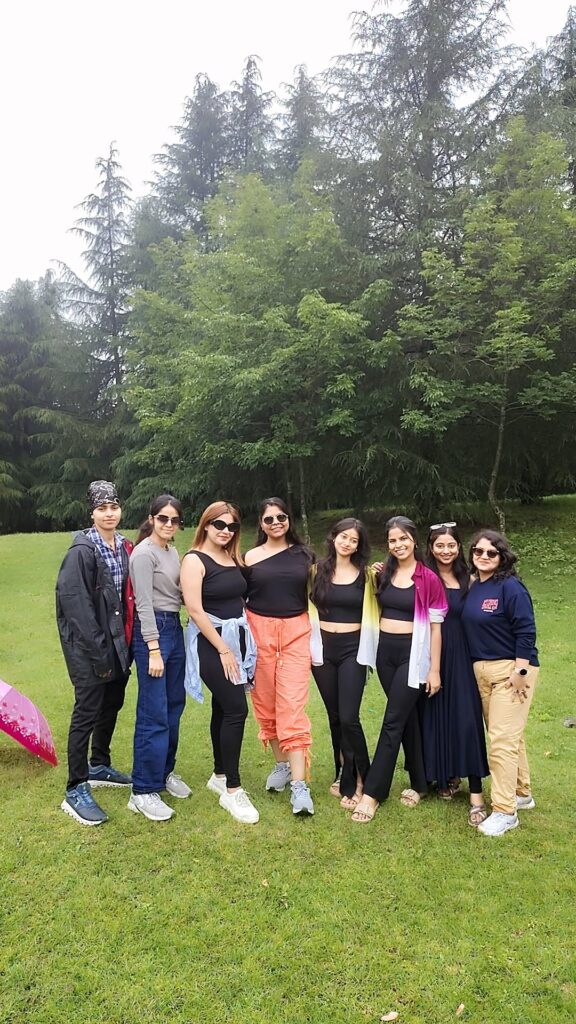
Best Seasons for Women to Visit Chopta Tungnath Trek from Delhi
When planning a trip to the Himalayas, choosing the right season is important, especially for female trekkers seeking comfort, safety, and a memorable experience. The Chopta Tour Package from Delhi and the Chopta Chandrashila Trek from Delhi are best enjoyed during specific months when weather, crowd, and terrain conditions are ideal.
- Spring (March to June): This is a prime season for women travelers. The weather is pleasantly cool (10°C to 20°C), forests bloom with flowers, and days are mostly sunny. Trails remain clear and manageable, making trekking easier.
- Summer (April to June): Comfortable temperatures and dry trails make this the peak trekking season. Suitable for women new to trekking, this period offers great visibility of snow-capped peaks.
- Monsoon (July to August): Heavy rains can cause slippery trails and landslides. Due to increased risk, it’s not recommended for female trekkers during this time.
- Autumn (September to November): Crisp air and clear skies create excellent trekking conditions. Trails are less crowded, providing a peaceful experience ideal for solo or small group female travelers.
- Winter (December to February): For experienced trekkers comfortable with snow, winter offers stunning snow-covered landscapes. Proper gear and extra caution are essential.
| Season | Temperature Range (°C) | Crowd Density | Trekking Conditions | Suitability for Women |
|---|---|---|---|---|
| Spring | 10 to 20 | Moderate | Clear skies, blooming forests | Highly suitable, beginner friendly |
| Summer | 15 to 25 | High | Dry trails, good visibility | Great for beginners |
| Monsoon | 10 to 20 | Low | Rainy, slippery trails, landslide risk | Not recommended |
| Autumn | 5 to 15 | Low | Cool, clear, less crowded | Excellent for solo/group trekkers |
| Winter | -5 to 5 | Low | Snow-covered, challenging | Suitable for experienced trekkers |
Choosing the right season with a suitable Chopta Tour Package from Delhi ensures safety, enjoyment, and the best trekking conditions. The Chopta Chandrashila Trek from Delhi, when done in the recommended months, offers women travelers stunning views, peaceful trails, and a rewarding Himalayan adventure.
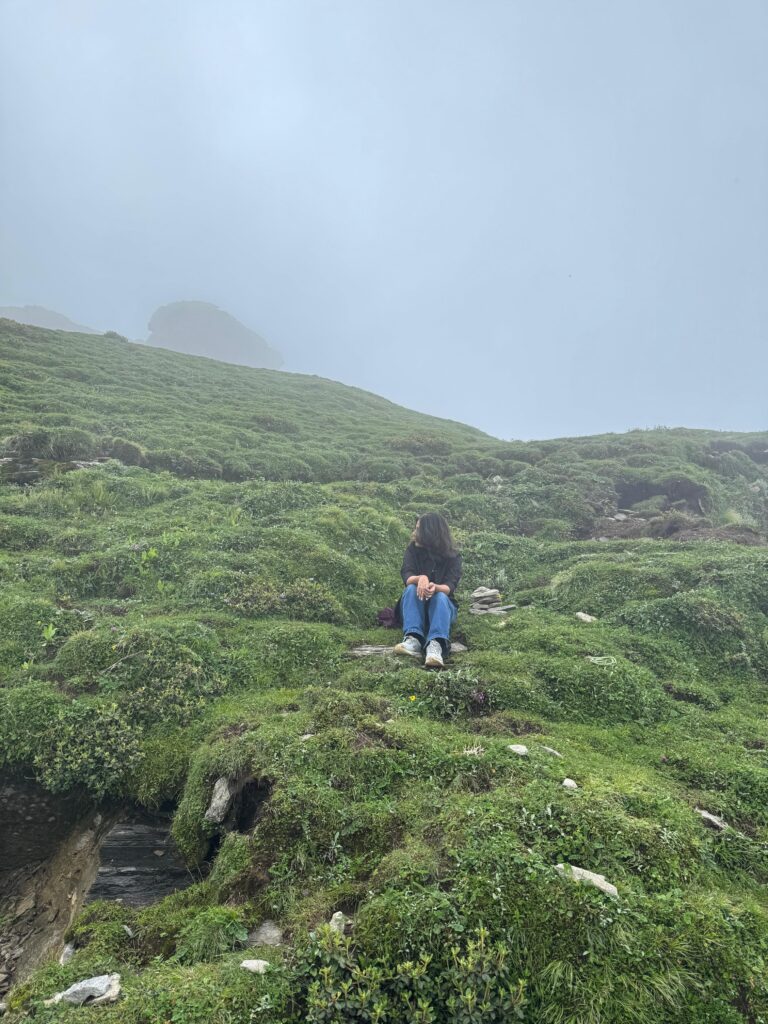
Accommodation and Facilities for Women in Chopta
Chopta offers a range of accommodation options suitable for women travelers, focusing on safety, comfort, and convenience. Whether opting for Chopta budget packages or booking through the best Chopta tour packages, female travelers can find lodgings that ensure a secure and pleasant stay during their trek.
Many homestays, camps, and small hotels around Chopta and the Tungnath trek route provide female-friendly facilities. These accommodations typically offer separate or shared rooms for women, clean toilets, and basic amenities such as hot water and meals. Many camps and guesthouses take extra steps to ensure female safety, such as providing lockable rooms or tents and maintaining a respectful and hospitable environment.
Key features of accommodations and facilities for women include:
- Separate sleeping arrangements or single tents for solo female trekkers.
- Female staff or caretakers in some lodgings to assist women travelers.
- Basic hygiene facilities with clean toilets and bathing options, though facilities may be simple.
- Security arrangements like proper lighting and safe storage for belongings.
- Proximity to the main trekking routes, allowing easy access and minimizing night travel.
Female travelers opting for the best Chopta tour packages benefit from guided itineraries that include safe lodging and meals, reducing uncertainties during the trek. Budget travelers also find numerous affordable options under Chopta budget packages that combine basic comforts with safety.
Overall, Chopta’s accommodations provide a welcoming and secure environment for women, making the trek enjoyable and worry-free. Travelers are advised to choose well-reviewed lodgings and consider booking through reputable operators for added safety and convenience.
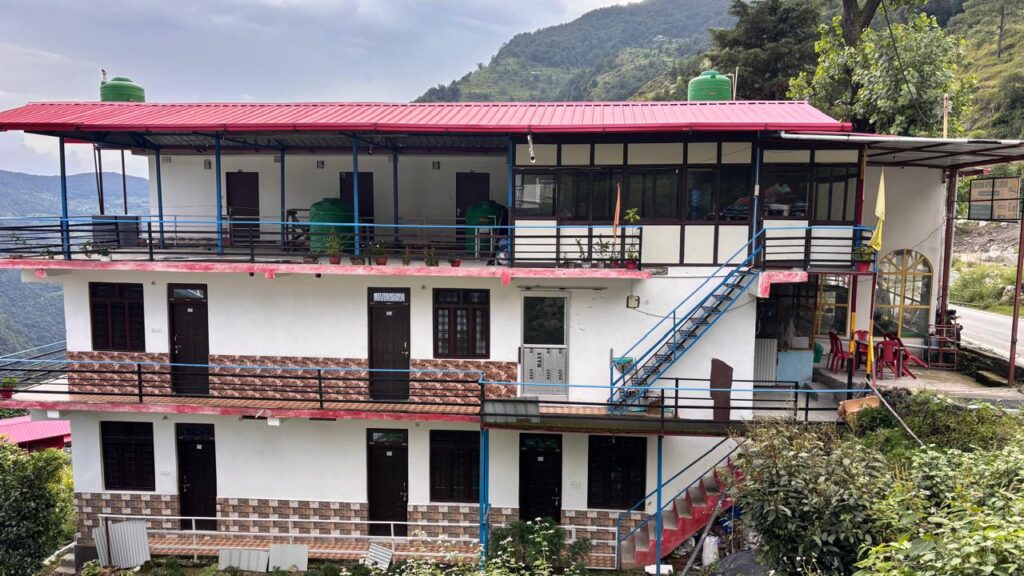
Group vs Solo Trekking – What Women Should Choose
When it comes to trekking in the Himalayas, especially on popular routes like the Chandrashila Summit Trek, Chandrashila Trek, and the Chopta Tungnath Trek, women travelers often face the choice between solo trekking, joining a group, or opting for a guided trek. Each option has its own advantages and challenges, and choosing the right one depends on safety, comfort, and personal preferences.
Solo Trekking
Pros:
- Freedom and Flexibility: Solo trekking allows women to set their own pace, explore freely, and spend more time at places they like without waiting for others.
- Self-Confidence: The experience builds independence and self-reliance, giving a strong sense of achievement.
- Peace and Solitude: For those who enjoy calm and quiet, solo trekking offers a deeply personal connection with nature.
Cons:
- Safety Concerns: Trekking alone, especially on routes like Chopta Tungnath Trek which pass through remote areas, can involve risks like sudden weather changes or injuries without immediate help.
- Loneliness: The lack of company may make the journey emotionally tougher for some.
- Navigation and Logistics: Solo travelers need to manage all planning, accommodation bookings, and permits by themselves.
Group Trekking
Pros:
- Safety in Numbers: Group trekking enhances safety as companions can provide support during emergencies or tough sections of the trek.
- Social Interaction: Groups offer a chance to meet new people, share stories, and enjoy a collective adventure.
- Shared Responsibilities: Tasks like guiding, cooking, and navigation are divided, reducing individual stress.
Cons:
- Less Flexibility: The pace and schedule are set by the group, which may not suit all.
- Personality Clashes: Group dynamics sometimes cause conflicts or discomfort.
- Varied Skill Levels: Differences in fitness or experience can affect the overall group pace.
Guided Trekking
Pros:
- Expertise and Safety: Guides are knowledgeable about terrain, weather, and local culture, ensuring a safer trek.
- Organized Experience: A guided trek usually includes arranged transport, accommodation, and meals, easing logistics.
- Cultural Insight: Guides often share valuable information about the region and its customs.
Cons:
- Cost: Guided treks can be more expensive than self-managed treks.
- Less Independence: Trekkers need to follow the guide’s instructions and itinerary.
For women new to trekking or those prioritizing safety, a guided trek on the Chandrashila Summit Trek or Chopta Tungnath Trek is highly recommended. Experienced trekkers who enjoy solitude might prefer solo trekking, while social and novice adventurers may find group treks more enjoyable. Each option has something valuable to offer depending on the traveler’s comfort and confidence level.
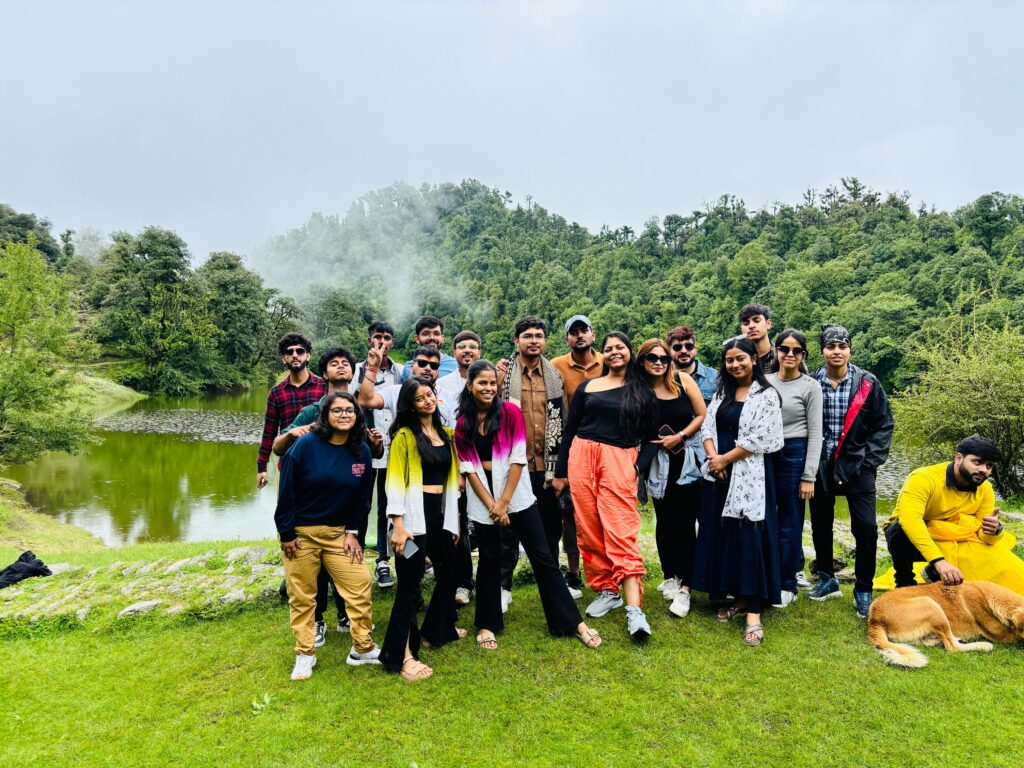
Local Guidance and Tour Operators for Women
Choosing reliable local guides and tour operators is crucial for women planning to undertake the Tungnath Chandrashila Trek from Delhi or the Chandrashila Trek from Delhi. It ensures safety, smooth logistics, and a richer trekking experience while exploring Chopta and its surrounding beauty.
Women travelers should prioritize operators and guides known for professionalism, experience, and a strong focus on female traveler safety. Well-established tour companies offering Chopta Weekend Getaways or customized Chopta itinerary plans usually have trained guides who can handle emergencies and provide cultural insights.
Key tips for selecting trusted local guidance and tour operators include:
- Check Credentials: Opt for licensed operators with positive reviews and recommended by travel forums or previous women trekkers.
- Experience Matters: Choose guides familiar with the specific trekking routes, weather patterns, and challenges of the Chandrashila Trek from Delhi and Tungnath Chandrashila Trek from Delhi.
- Safety First: Ensure that the operators provide proper safety gear, support vehicles, and emergency communication plans.
- Women-Friendly Services: Look for operators who offer women-only groups or have female guides, which can enhance comfort and security.
- Clear Itinerary: Verify the details of the Chopta itinerary to avoid surprises during the trek and ensure appropriate rest and accommodation stops.
- Emergency Preparedness: Ask if guides are trained in first aid and how they manage unforeseen situations like health issues or sudden weather changes.
Many experienced tour operators in the region specialize in Chopta Weekend Getaways, combining adventure with safety, cultural experiences, and comfort. Booking through such operators can minimize risks and enhance the trekking experience.
In short, women should rely on well-reviewed, transparent, and professional operators with a clear focus on safety and personalized service to enjoy a hassle-free Chandrashila or Tungnath trek from Delhi, making the trek memorable and secure.
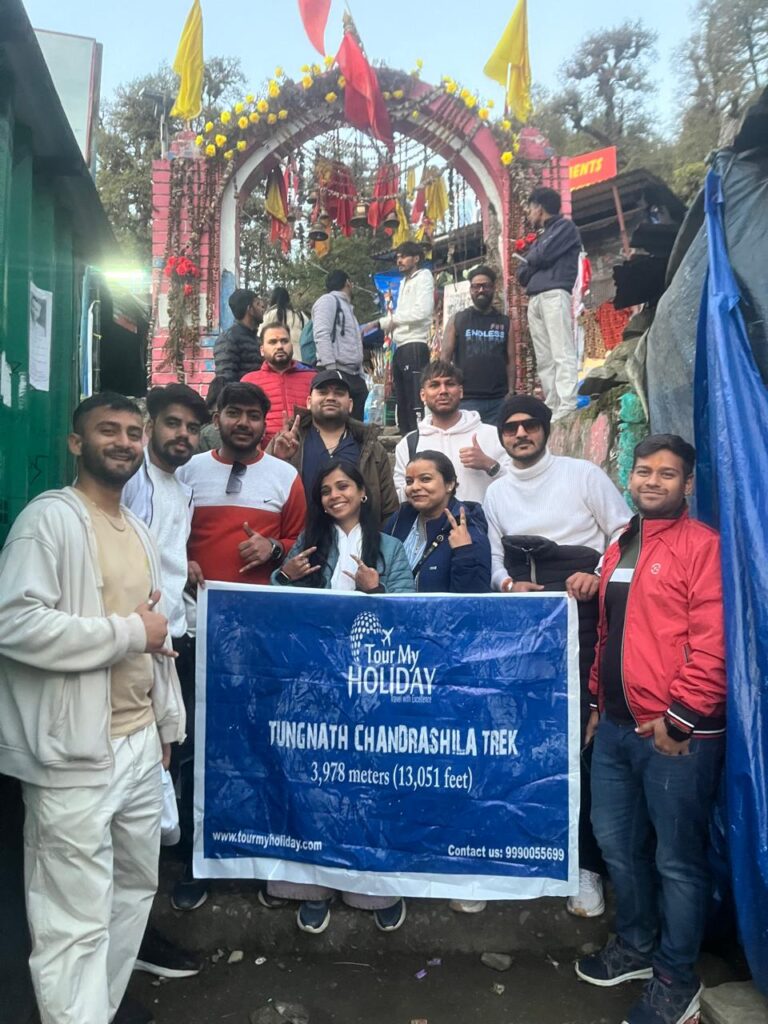
Health and Emergency Preparedness for Women Trekkers
For women embarking on a Chopta Tour Package or the Chandrashila Trek, being prepared for health issues and emergencies is essential. One of the main concerns at high altitudes is altitude sickness, which occurs when the body struggles to adjust to the lower oxygen levels. Symptoms include headache, nausea, dizziness, and shortness of breath. To reduce the risk, trekking slowly and allowing the body to acclimatize is important.
A well-stocked first-aid kit is a must. It should include medicines for altitude sickness, pain relievers, antiseptic cream, bandages, and any personal medication. Staying hydrated by drinking plenty of water also helps prevent altitude sickness and keeps energy levels up.
Key health and emergency preparedness tips include:
- Take acclimatization days to help your body adjust to altitude changes.
- Carry essential first-aid supplies, including altitude sickness medication recommended by a doctor.
- Know emergency contact numbers for local rescue teams and hospitals.
- Avoid alcohol and smoking, as they can worsen altitude sickness.
- Dress in layers and be prepared for sudden changes in weather.
- Inform guides or trekking partners about any pre-existing medical conditions.
- Have a communication plan in case of emergencies, as mobile coverage may be limited.
Following these precautions will help women trekkers enjoy their journey while staying safe during the more challenging parts of the trek. Whether on Chopta trekking packages or a self-planned trip, understanding health risks and being prepared for emergencies leads to a more enjoyable and secure Himalayan adventure.
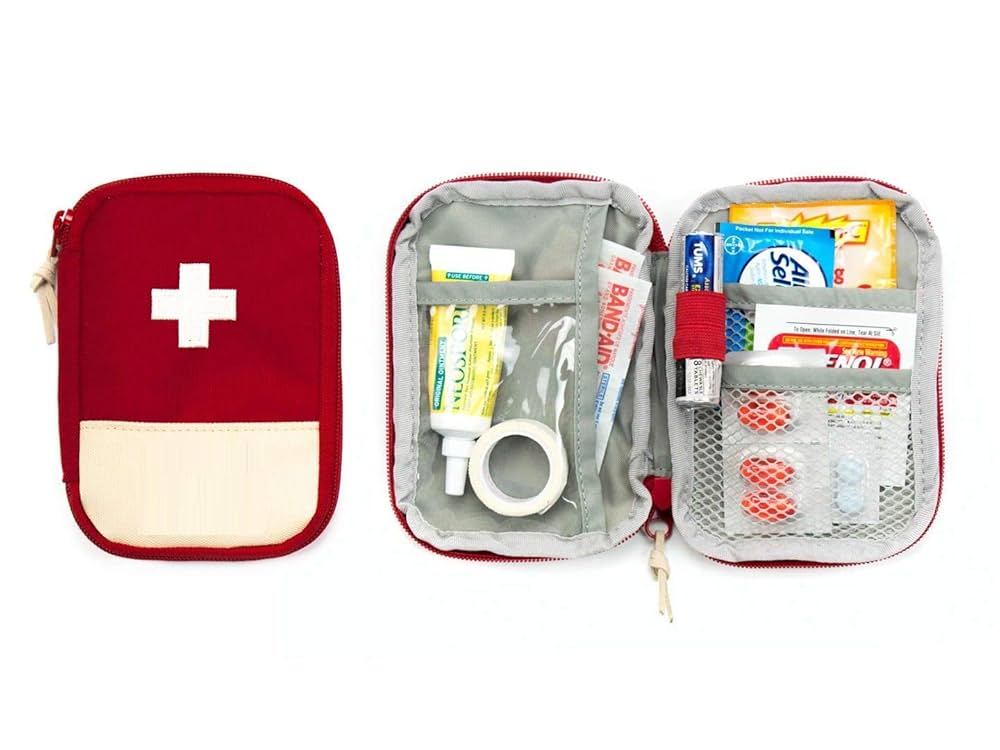
Cultural Etiquette and Women’s Safety in Chopta
When visiting Chopta villages and trekking the trails, respecting local customs is essential for a safe and positive experience, especially for women travelers. The local communities in this Himalayan region are warm and welcoming but deeply rooted in their traditions and ways of life. Understanding and honoring their culture helps foster goodwill and ensures personal safety.
Women should dress modestly, covering shoulders and knees to respect local sensibilities. Avoid loud behavior or excessive public displays of affection, which may be frowned upon in the conservative rural setting. It’s best to ask permission before photographing locals or their property, showing politeness and appreciation for their privacy.
Key cultural etiquette and safety tips for women include:
- Greet locals with a respectful “Namaste” or a polite nod rather than aggressive handshakes.
- Accept hospitality like tea or snacks graciously, as a sign of respect and connection.
- Avoid trekking alone after dark; stick to well-frequented paths and avoid isolated spots.
- Keep valuables secured and avoid flashing expensive gadgets or jewelry.
- Communicate clearly with local guides and group members about any concerns or discomfort.
- Use female-only or mixed-gender groups when possible for added safety on trails.
- Respect religious sites such as temples by removing shoes before entering and maintaining silence.
By observing these customs and taking basic safety precautions, women trekkers can enjoy the natural beauty and spiritual atmosphere of Chopta without causing offense or risking harm. Local people appreciate considerate travelers who bring positive energy and respect their heritage, making the journey more rewarding and safe for everyone.
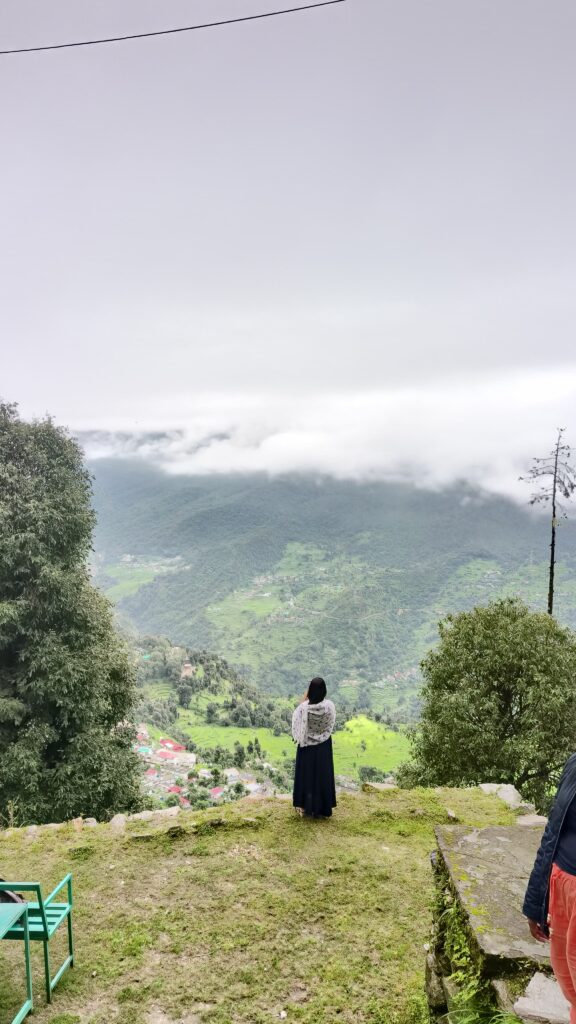
Conclusion – Is the Trek Safe for Women?
The Chopta Tungnath Trek is generally safe for women travelers when they take reasonable precautions. The trail is well-traveled by pilgrims and trekkers alike, and many reputable operators offer guided tours to enhance safety and provide support. Solo trekking is possible, but it’s recommended to avoid hiking alone after dark and to stay connected with guides or groups.
Important safety tips include wearing proper trekking shoes, staying hydrated, acclimatizing well before the trek, and carrying essentials like warm clothing and a first-aid kit. Women travelers feel more secure with female-friendly accommodations and separate sleeping arrangements, which many tour operators ensure.
Overall, the trek’s moderate difficulty, friendly local communities, and organized infrastructure make it a promising choice for female adventurers who want a mix of spiritual experience and challenging nature walks. Choosing trusted tour operators and following safety guidelines ensures an enjoyable and secure journey on the Chopta Tungnath Trek.
Frequently Asked Questions
1. Is Chopta safe for solo female travelers?
Many sources say yes. Chopta is generally considered safe even for women travelling alone, provided they take usual precautions, stay aware, and avoid venturing out late at night.
2. What is the difficulty level of the Chopta Tungnath trek for women?
The trek is rated easy to moderate. Women with basic fitness can do it, but some parts can get slippery (especially in winter or monsoon).
3. Are there accommodations and facilities safe and appropriate for women along the route?
Yes. Packages often provide guesthouses with attached washrooms. For women alone, some operators provide single tents or lodging options.
4. How is the safety during monsoon?
Monsoon is riskier — slippery trails, landslide danger, and visibility issues. Many suggest avoiding that period for safer trekking.
5. What safety gear or essentials should women carry?
Important items include good trekking shoes with grip, rainproof layers, sunscreen, adequate water, first aid kit, map or GPS, and possibly trekking poles.
6. Is it safe around night time or when visibility is low (early morning / late evening)?
Caution is advised. Trails and roads are not well lit; navigating in dark or low visibility is riskier. It’s better to begin early and avoid returning late.
7. Are there risks of altitude sickness?
Yes, though the altitude (up to ~3,680 m at Tungnath) is moderate. Women are advised to acclimatize properly, stay hydrated, go slow, and know basic symptoms.
8. How safe are the trails (terrain, slipperiness, marked paths)?
Trails are generally well-marked and manageable, but in winter or after rain they can become slippery or icy. Proper footwear and possibly poles help a lot.
9. What about interactions with locals & cultural safety?
Locals are reportedly helpful and friendly. Respecting local customs, asking permission for photos, and being polite goes a long way.
10. Will booking a guided Chopta trek package enhance safety?
Definitely. Guided or organized treks provide support—local guides, safety gear, accommodation arrangements, emergency backup—which improves safety particularly for women.

